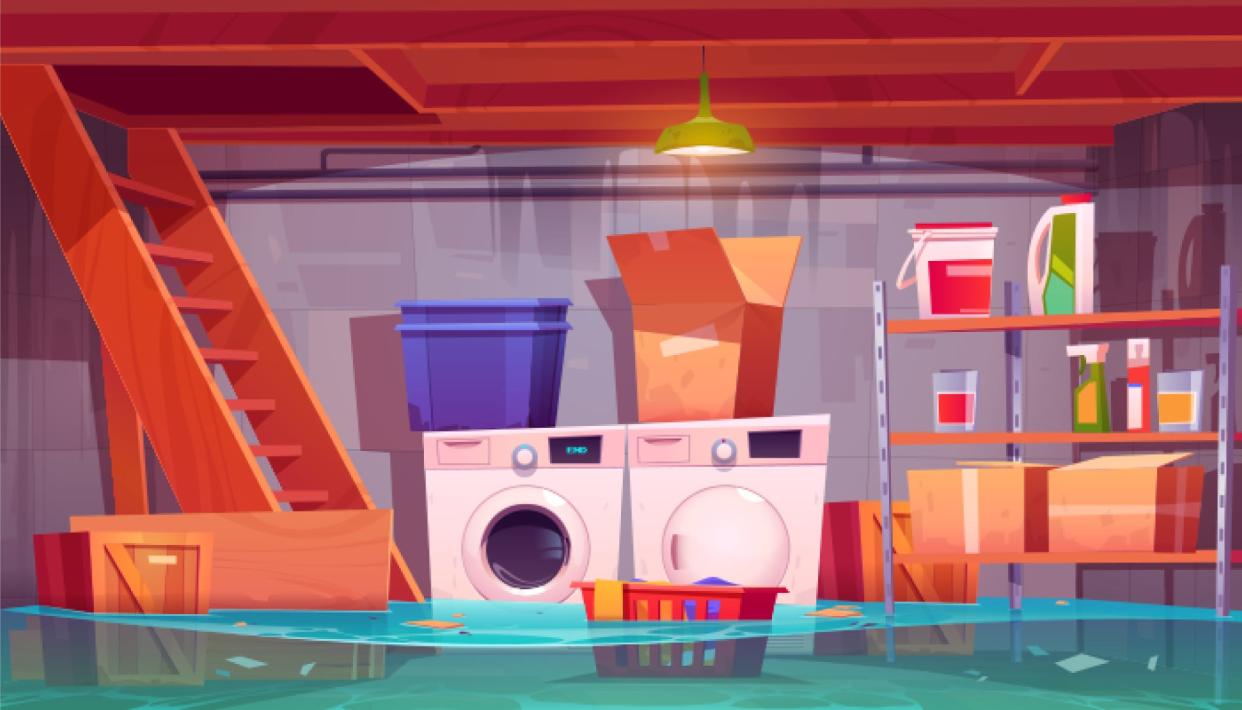What All Homeowners Need to Know about Floods

In the United States, according to the National Flood Insurance Program, flooding is the most common natural disaster. Just one inch of flood water can cause up to $25,000 worth of damage.
Most home owners insurance does not cover flood damage. As a home owner, it is crucial to take initiative and prepare the home to reduce flood damage and minimize losses.
Protecting the Home
Always be prepared for a flood. According to floodsmart.gov, 20 percent of flood claims come from places where the flood risk is low.
Communities that participate in the National Flood Insurance Program have the ability to purchase an NFIP flood policy. The National Flood Insurance Program offers three standard policy forms. The three different policies include: dwelling policy form, general property policy form and residential condominium building association policy form. Each form provides a policy holder with an explanation of the coverage and other vital information.
Be Prepared and Ensure the Family is Safe
Being organized could potentially save those who live in a high-risk flood area. In case of a flood, pack a bag ahead of time to flee the house immediately.
The bag should contain:
Insurance policy numbers
Agent’s phone numbers
Essential toiletries
Cash to live on for a few days
Insurance company’s number
Clothing to last a few days
Plan an evacuation. Make sure that everyone in the family knows the plan in case of an emergency. Be sure to pick a certain location for the family to meet, such as a hotel, family member or friend’s house.
Damage Control
Follow these 10 steps to protect the home from water damage:
Pay attention to leaks and fix them immediately. Water damage could occur if water gets into the home through foundation cracks or an unsecured roof. Mold could potentially grow instantaneously. Keep an eye out for water spots on the ceiling or even imperfections in the foundation of the home.
Spend extra money when it comes to replacing shingles on the roof. A waterproof barrier is more expensive, but provides extra protection from water leaking into the home. The rubber roof underlayment will cost more money upfront, but could save thousands in the long run. A simple leak has the potential to cause agony and cost thousands of dollars.
Observe the exterior of the home. Look closely for any foundation cracks. If cracks appear to be present, close them with mortar and masonry caulk. This will only cost a few dollars and it prevents water damage from becoming a reoccurring issue.
Now is the perfect time to get on the ladder and clear out the gutters. A gutter is supposed to keep water away from the home. Debris accumulates and blocks the water from flowing through. Water collects in the gutter and is forced to leak into the home.
A battery-powered sump pump will be extremely useful in case of a flood. An electrical powered sump pump will not be able to pump water out of the home if the power is out. Battery-powered sump pumps are inexpensive and will be the first line of defense against a flood.
For insurance purposes, document all possessions on video or camera.
The items that have the most value should be placed in higher areas or levels to prevent them from being damaged in severe floods.
If a wet basement and standing water in the lawn is an issue, install a French drain, also known as a “weeping tile”. It redirects any surface water away from the house and prevents water from penetrating the foundation.
Call a plumber to install septic line check valves to avoid sewer backup. The valves manipulate the direction in which the waste flows. In case of a flood in the house, the valve will prevent any sewage from backing up into the standing water. Be strategic when it comes to installing the pipe. Make sure that the valve is installed in a place that is easy to repair.
Secure any fuel tanks. Fuel tanks that are not anchored can be hazardous. Once the furnace and water heaters are unplugged and the unit cools down, wrap them with waterproof tarps.
Floods are very common. Many home owners will face the challenge of a flood sooner or later. Take precautions now to ensure minimal damage to the home and personal belongings.
This article originally appeared on Lansing State Journal: What All Homeowners Need to Know about Floods

